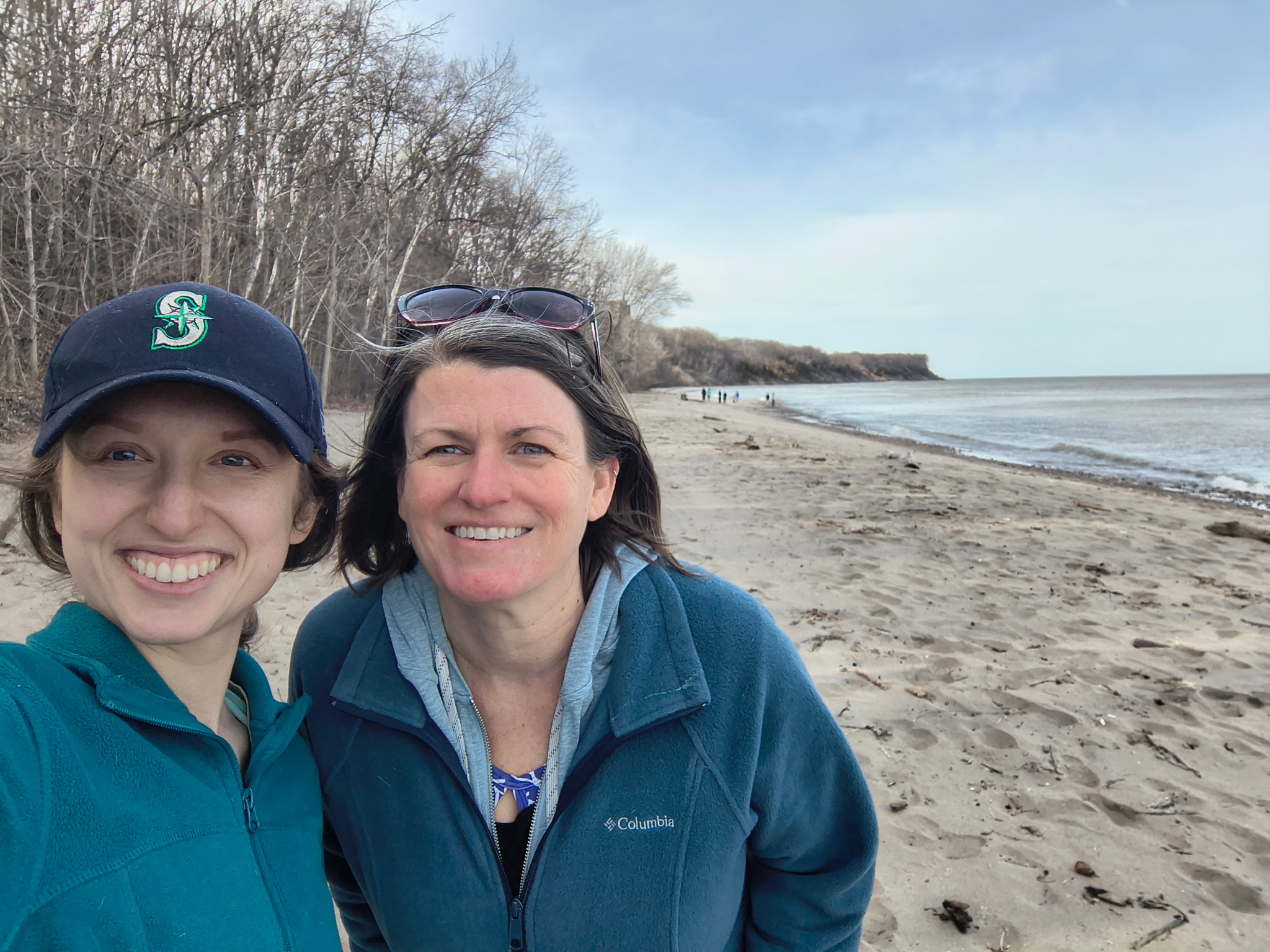With the 4th of July holiday approaching, many Wisconsin families are making plans to get to one of the state’s coastal beaches to celebrate. Thanks to Wisconsin Sea Grant, in partnership with local health departments, local parks departments, the Wisconsin Department of Natural Resources (DNR), U.S. Geological Survey (USGS) and Environmental Protection Agency (EPA), those families can worry less about poor water quality and possible illness as a holiday souvenir.
In an effort to better protect public health, Sea Grant has refined an approach known as “nowcasting” to provide beach managers with more timely information of water-quality conditions. In the past, managers relied on 18-hour lab tests to make decisions on when to issue and lift swim advisories or closures. The nowcast approach relies on real-time computer modeling of bacteria concentrations.
“Even though the basic nowcasting approach has been around for several years, it represents a major shift in beach water-quality monitoring,” said Adam Mednick, a Sea Grant scientist specializing in beach health. “Typically, beach managers have tracked water-quality conditions and issued warnings based on water samples collected and analyzed for bacteria concentrations in a lab. The problem with that approach is that it typically takes a day to get the results, which means that those advisory decisions are based on outdated information.
Rather than relying entirely on sampling and testing, Mednick explained, nowcasting uses computerized statistical models to predict the concentration of E. coli bacteria based on environmental conditions that are readily measurable—things like weather conditions, lake currents, wave height and water clarity. The combination of these types of variables can tell beach managers what the likely water quality is, as opposed to having to wait until the next day for lab results. With improved accuracy, managers can predict whether there’s a health risk to swimming on a given day.
In a previous position with the DNR, Mednick helped expand the use of nowcast models, working closely with local managers across the Great Lakes region, as well software developers at the EPA and USGS to develop and implement a pair of computer systems that form the pillars of beach nowcasting.
The first is a desktop decision-support tool called “Virtual Beach.” This software walks users through the process of developing and running the statistical models used to predict real-time water quality. The second is a Web data-portal called EnDDaT (Environmental Data Discovery and Transformation), which provides easy and free access to a wealth of historical and real-time environmental data from the National Oceanic and Atmospheric Administration, the Great Lakes Observing System, and other sources.
Having access to this wealth of data is not only useful for predicting current water quality, but also in assessing where the old approach often fell short.
“We’ve analyzed the historical data and found that a lot of days where beaches were closed, they didn’t really need to be. There were also a lot of days when the beaches were not closed when they should have been,” he said. “That has both a public health and an economic impact.
With funding from the federal Great Lakes Restoration Initiative, Mednick worked with the DNR and USGS to implement operational nowcasts at more than 20 of the Wisconsin’s coastal beaches, as well as beaches in other states; however, there is still a lot of ground to cover.
Part of his role at Sea Grant has been developing nowcast guidelines and best practices for local operators, establishing a Virtual Beach Users’ Group, and developing online training and help resources so that they can learn to develop and operate nowcast systems more efficiently.
“One of the key pieces of this work has to do with cost savings,” said Mednick. “If you don’t have to send somebody out to the beach every day and get them back to the lab (to run a test), that’s a big savings. You can reduce the cost of monitoring the beach…while improving public health protection.
Longer term, Sea Grant and its partners want to use the same “big data” and statistical modeling approaches to help determine the sources of contamination, and evaluate the effectiveness of remediation projects, such adding rain gardens adjacent to parking lots and reestablishing vegetated dunes. According to Mednick, “It’s great to have more timely information about water-quality on a particular day. Ultimately, we want to better understand the causes, so that we can better address them.”





